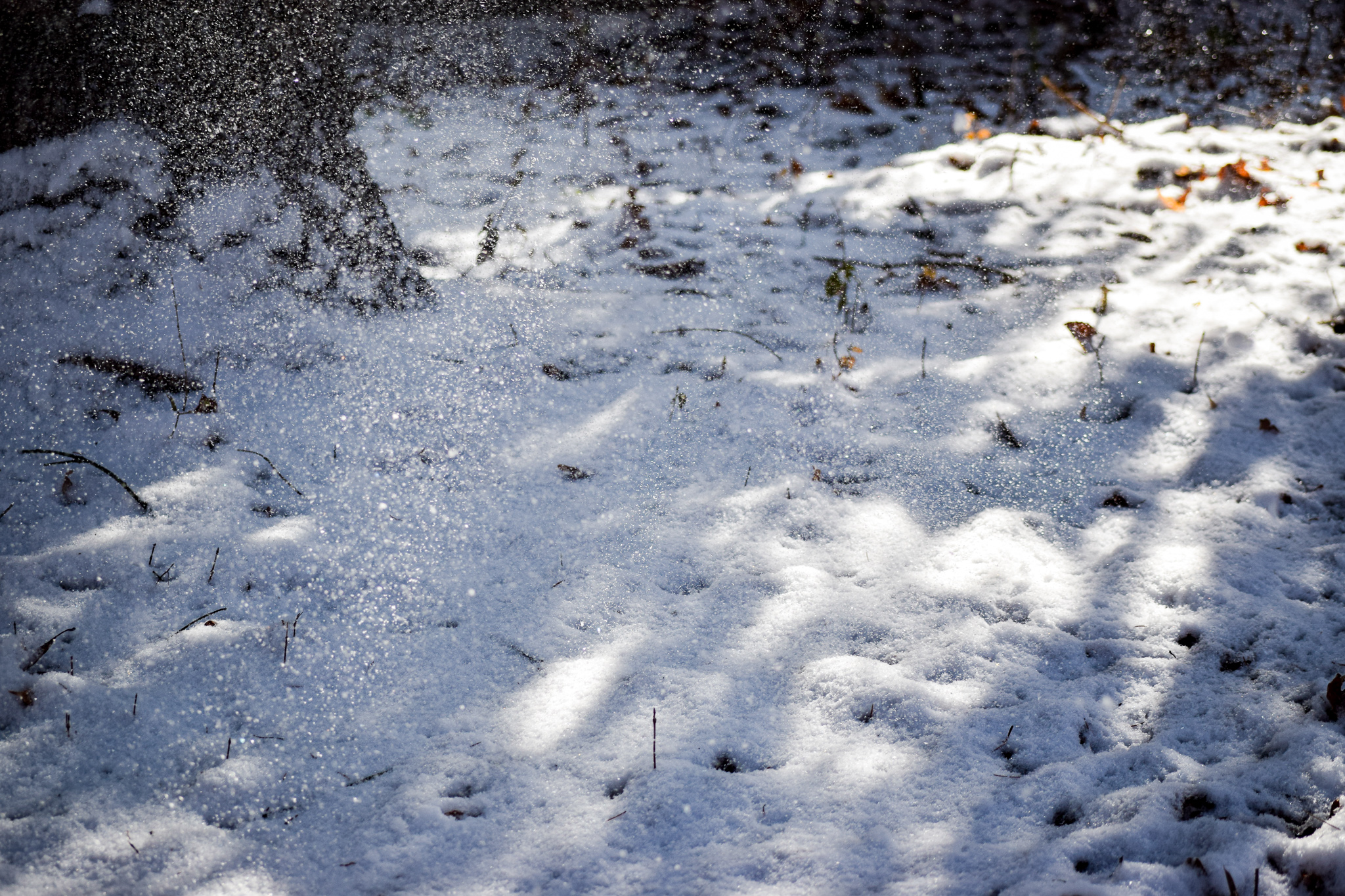
Snow covered grounds | Photo by Jessica Fugett | The Wright State Guardian
Groundhog Day is an American holiday that has been celebrated since 1887, and each year Phil the Groundhog is summoned in Pennsylvania to help determine whether or not the United States will have an early spring or six more weeks of winter. In recent years, however, the accuracy of Phil’s prediction has been a topic of discussion among his followers.
History of Groundhog Day
The origins of Groundhog Day are a twist on an ancient Christian holiday called Candlemas, where clergy would bless candles needed to help the community survive the winter months.
“The candles represented how long and cold the winter would be. Germans expanded on this concept by selecting an animal—the hedgehog—as a means of predicting weather,” the History.Com Editing Team said in a recent This Day in History article.
Once Germans began to immigrate to America, the tradition was modified to incorporate groundhogs instead of hedgehogs due to their large population. Groundhogs tend to hibernate from late fall through early spring, but the males briefly break hibernation in early February to search for a mate before returning underground for another month or so.
The American tradition began in Punxsutawney, PA in 1887, so a local newspaper nicknamed the weather-predicting groundhog Phil, and 134 years later Phil is still predicting the weather based on his shadow.
Phil’s accuracy
Every Feb. 2, Phil’s shadow (or lack thereof) is used to determine when the United States will start their spring season. If Phil sees his shadow, then winter will continue for six more weeks. When Phil does not see his shadow, an early spring is predicted to occur.
“Data from the Stormfax Almanac’s data shows that Phil’s six-week prognostications have been correct about 39% of the time,” the Live Science Staff said in a recent article.
Other calculations have surfaced showing that in the last few years showing that, although Phil’s accuracy may not be the greatest, it has improved in recent years. In fact, shortly after Phil predicted that there would be six more weeks of winter this year, the majority of the United States was hit with a massive winter storm that left millions without electricity, heat and clean water for several days.
Despite the lack of accuracy in Phil’s shadow, the tradition of Groundhog Day continues on, but his predictions are taken lightly.
